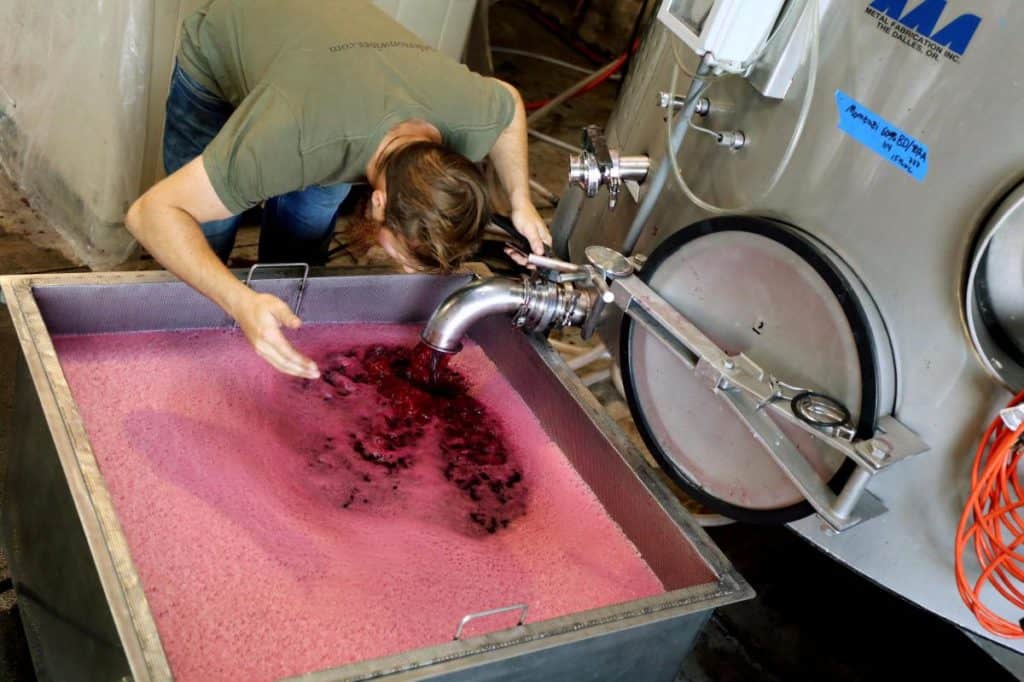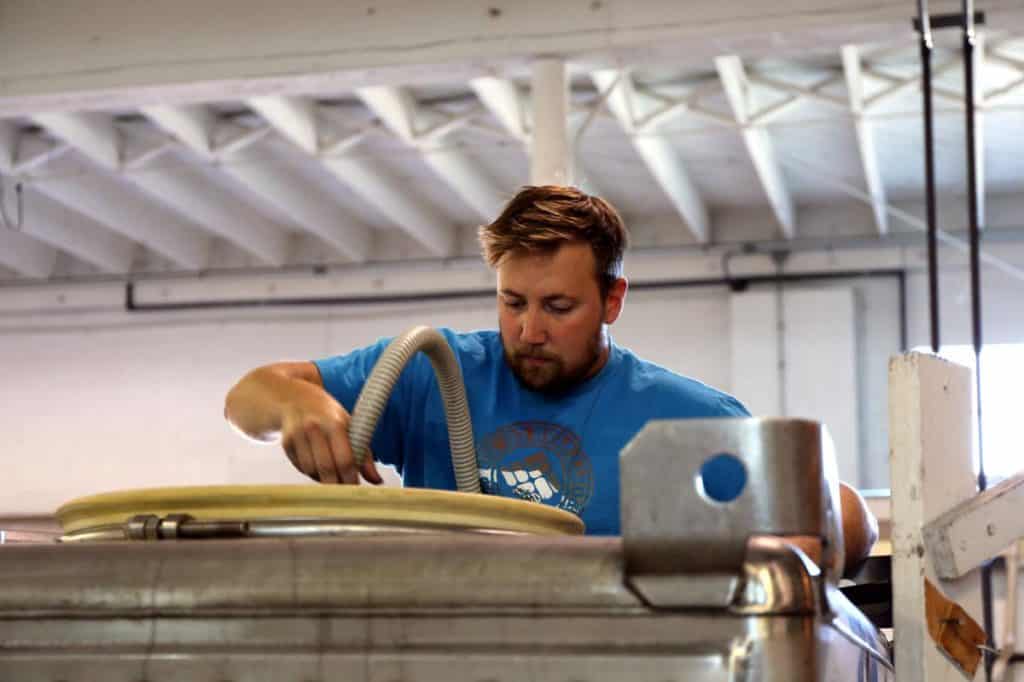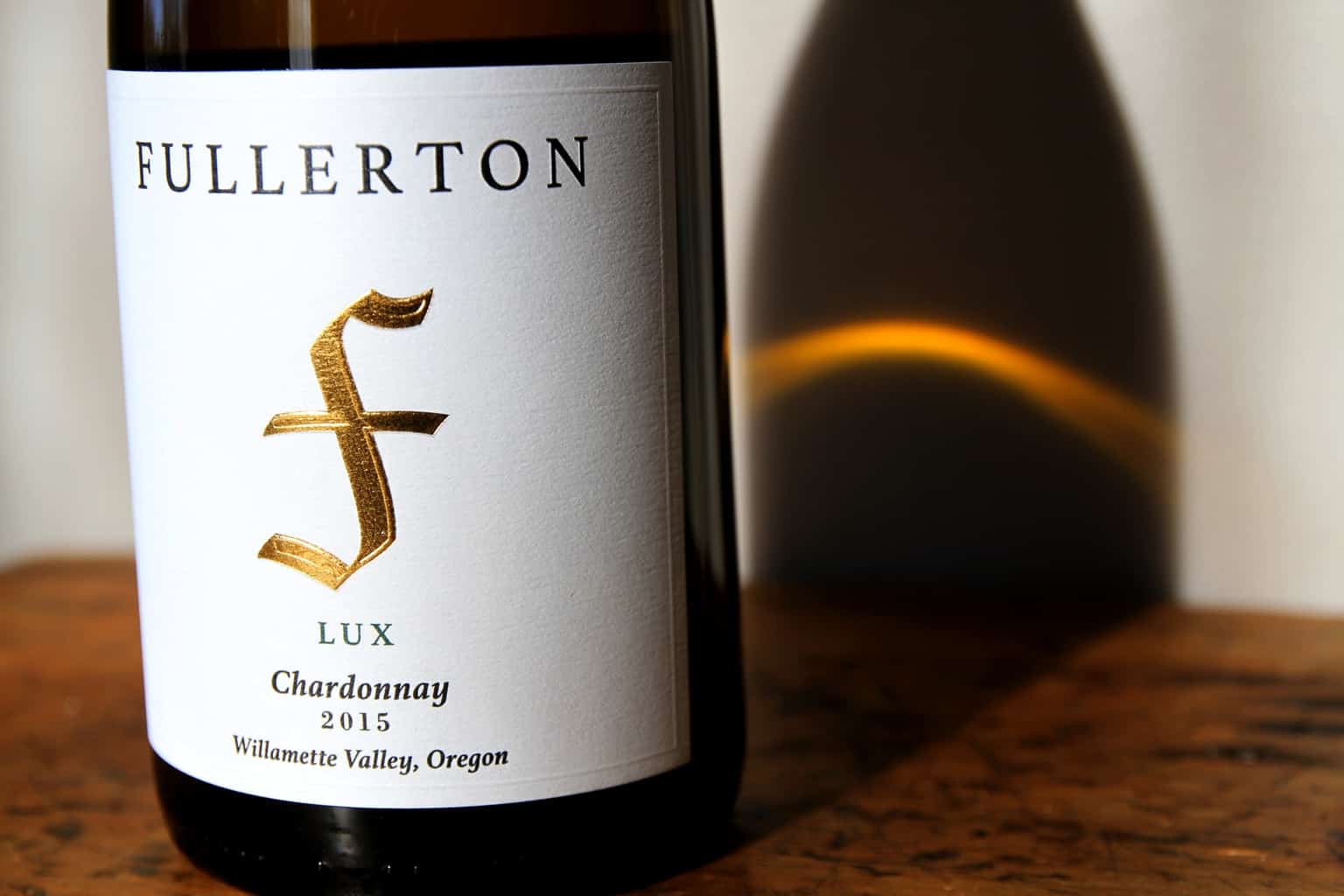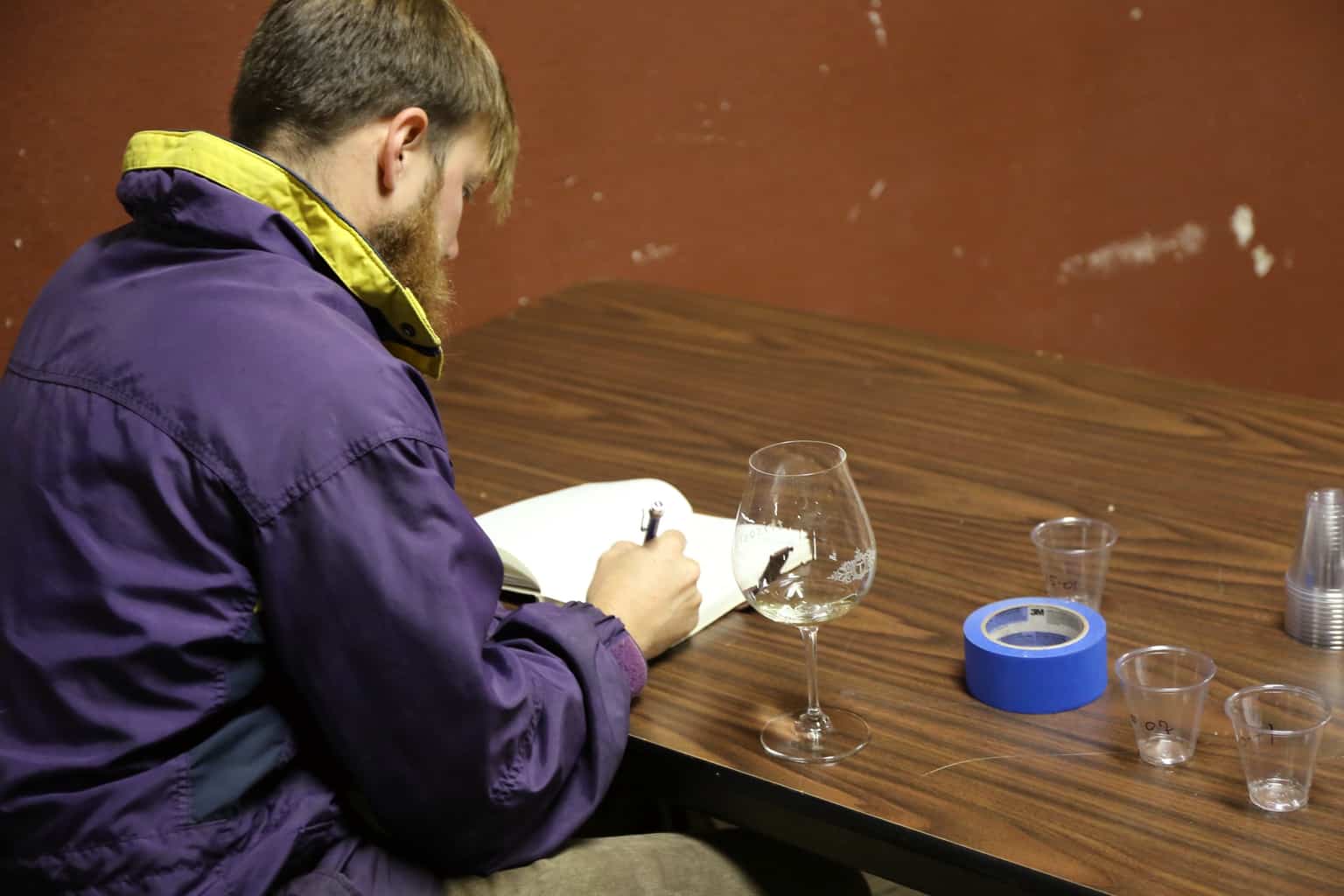Winemaker Series: Rack and Return
Vintners make incremental and crucial decisions in the cellar. These choices determine the style and quality of the finished wine, ultimately leaving the winemaker’s thumbprint on the wine. Determing the desired degree of extraction from the skins and seeds (and sometimes stems) is one of these significant stylistic decisions. What is extraction? It is the removal of color, phenolics, anthocyanins, and tannins from the skins and seeds into the wine. It is done in both white and red winemaking, though the extraction is more elaborate during red wine production. The art of winemaking requires Alex Fullerton, our winemaker, to make deft decisions that align with the fruit the vintage produces.

Three major factors affect the extraction level—time, temperature, and cap management. Today, we will focus on cap management, and more specifically delestage—the rack-and-return method. Winemakers can choose from punch downs, pump overs, and rack-and-return methods to keep the cap moist (the skins, seeds, and stems that get pushed to the surface by fermentation create the cap). Cap management allows for extraction, and prevents spoilage bacteria from taking hold. Alex uses a combination of all three cap management strategies, but ensures that his red wines go through at least two rack-and-returns. Why? Delestage gently extracts the desired compounds from the wine, aerates the wine, and provides brief periods of time for the free-run juice to ferment apart from the skins. “Don’t we use corks to prevent oxygen from reaching wine?” Once we have finished fermentation, yes. Prior to fermentation (cold soak) and during fermentation, oxygen plays a significant role in softening a wine, while also minimizing the risk of flaws taking hold. Delestage manages to extract color well without producing harsh tannins. When the time comes to press the finished wine, the use of delestage also increases the amount of free-run juice, the finished wine that separates without pressing. Winemakers and most consumers prefer free run juice, followed by the juice that comes out of the first gentle pressing. More aggressive pressing of solids produces harsher phenols in the finished wine. In short, delestage allows the fruit to shine purely, while gently extracting the secondary characteristics, like tannins, important to producing profound and ageworthy wines.
Why doesn’t everybody use delestage? The rack-and-return method takes more time, requiring the winemaker and crew to clean a second tank or vessel for the racked wine to rest briefly. Other methods can be done within the original fermentation vessel. Alex puts in longer hours as a result of delestage, but the finished wines allow him to hold his head high as he shares them with you. Cheers to the long and winding road appreciated by the craftsmen, the artists, and you, our loyal friends!



